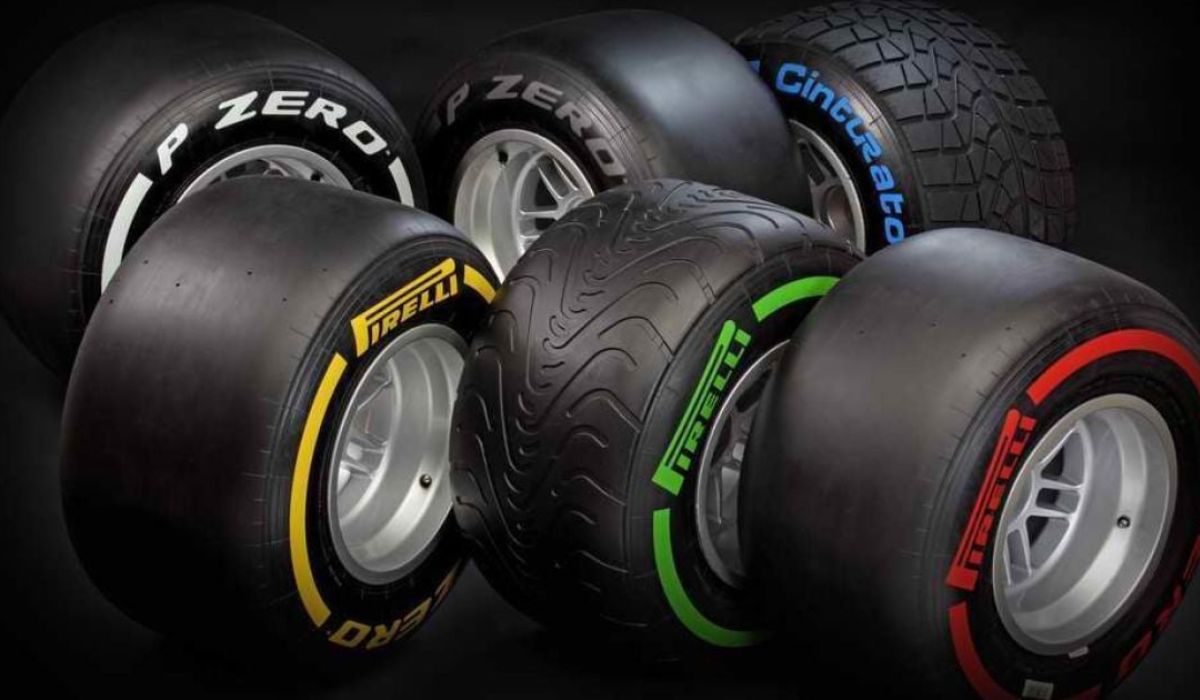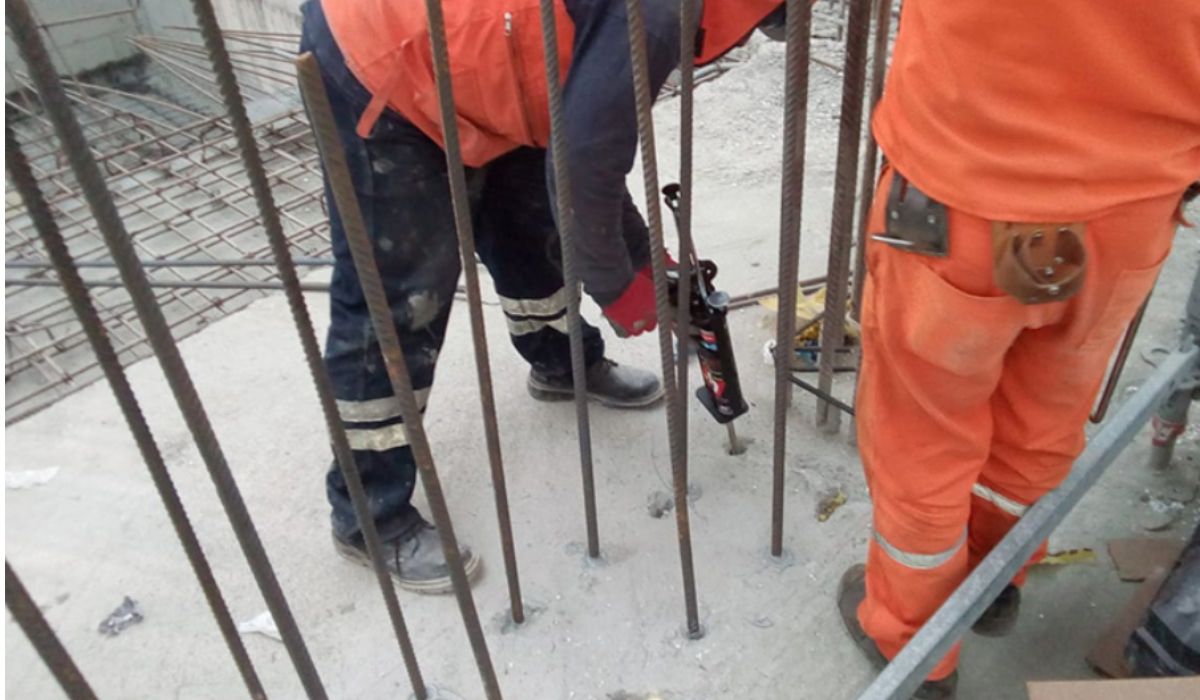Introduction
When it comes to maintaining a small vehicle, selecting the right tire size is crucial. The tires you choose not only affect your vehicle’s performance but also your safety on the road. In this article, we’ll delve into two specific tire sizes: 6.0/11-5 and 11×6-5. Understanding the key differences between these tire sizes will help you make an informed decision for your small vehicle.
Understanding Tire Sizes
Basic Components of a Tire Size Notation
Tire size notation might seem complicated at first, but once you break it down, it becomes much easier to understand. Each tire size consists of several components that provide essential information about the tire’s characteristics.
Explanation of Each Component
- Width: This number indicates the width of the tire in inches. For example, in 6.0/11-5, “6.0” refers to the tire’s width.
- Aspect Ratio: This is typically a percentage that represents the height of the tire’s sidewall compared to its width. In the 6.0/11-5, the “11” is part of the aspect ratio calculation.
- Diameter: This number shows the diameter of the wheel (rim) that the tire fits. Both 6.0/11-5 and 11×6-5 have a diameter of “5”.
How to Read and Interpret 6.0/11-5 and 11×6-5
- 6.0/11-5: The “6.0” refers to a width of 6.0 inches, and “11” is part of the aspect ratio calculation, with “5” indicating a rim diameter of 5 inches.
- 11×6-5: Here, “11” indicates the overall width, “6” represents the height or aspect ratio, and “5” signifies the rim diameter.
Key Differences Between 6.0/11-5 and 11×6-5
Width
Comparison of the Width of Both Tire Sizes
- 6.0/11-5: The width is 6.0 inches.
- 11×6-5: The width is 11 inches.
The significant difference in width means that 11×6-5 offers a broader surface area, which can enhance traction.
Impact of Width on Traction, Stability, and Load Capacity
- Wider tires (like the 11×6-5) typically provide better traction, especially in off-road conditions.
- Narrower tires (like the 6.0/11-5) can offer better maneuverability on tighter paths.
Aspect Ratio
Definition and Explanation of Aspect Ratio
The aspect ratio affects the sidewall height of the tire, impacting overall ride quality and handling.
How Aspect Ratio Affects Ride Comfort and Handling
- Higher Aspect Ratio: A taller sidewall can absorb more shocks, providing a smoother ride but may compromise handling.
- Lower Aspect Ratio: A shorter sidewall offers better handling and responsiveness but can lead to a rougher ride.
Diameter
Comparison of the Diameter of Both Tire Sizes
Both 6.0/11-5 and 11×6-5 share a diameter of “5,” meaning they will fit the same rim size.
Influence of Diameter on Ground Clearance and Speed
The diameter affects ground clearance. While both sizes fit the same rim, the broader tire can increase surface contact, slightly lowering the vehicle’s ground clearance.
Advantages of Choosing the Correct Tire Size
Selecting the appropriate tire size provides numerous benefits:
- Improved Vehicle Performance: The right tire enhances your vehicle’s responsiveness and overall performance.
- Enhanced Safety and Stability: Proper tire fit minimizes risks of blowouts and enhances handling.
- Longer Tire Lifespan: Tires suited for your vehicle wear evenly, extending their life.
- Lower Fuel Consumption: Correct tire size can improve fuel efficiency by reducing rolling resistance.
- Better Handling and Maneuverability: The right tires can improve steering response and cornering.
Consequences of Choosing the Wrong Tire Size
Choosing the wrong tire size can lead to various issues:
- Reduced Performance: Mismatched tires can affect speed and acceleration.
- Compromised Safety: Incorrect sizes can lead to instability and increased risk of accidents.
- Premature Tire Wear: Poor fit can cause uneven wear, necessitating early replacement.
- Increased Fuel Consumption: Mismatched tires often create higher rolling resistance, leading to worse mileage.
- Potential Damage to Vehicle Components: Wrong sizes can strain suspension and alignment, causing costly repairs.
Factors to Consider When Selecting a Tire Size
When choosing between 6.0/11-5 and 11×6-5, consider these factors:
- Vehicle Type and Weight: Heavier vehicles may benefit from wider tires for better load support.
- Intended Use: For off-roading, wider tires can offer better traction, while narrower tires may be suitable for mowing.
- Driving Conditions: Consider the terrain; rough, uneven ground may require broader tires.
- Personal Preferences: Your preference for ride comfort or handling should influence your decision.
YOU MAY ALSO LIKE: Tri-Ace A26 Tire 155/70R19 113Q Review: Performance Insights
Conclusion
Understanding the differences between 6.0/11-5 and 11×6-5 tire sizes is essential for optimizing the performance and safety of your small vehicle. Choosing the right size not only enhances handling and traction but also prolongs tire life and improves fuel efficiency. By considering various factors such as vehicle type, intended use, and personal preferences, you can make an informed decision that suits your specific needs.
FAQs
What is the main difference between 6.0/11-5 and 11×6-5 tires?
The main difference is the width; 6.0/11-5 is 6 inches wide, while 11×6-5 is 11 inches wide.
How does tire width impact vehicle performance?
Wider tires generally offer better traction and stability, while narrower tires can improve maneuverability.
Is the aspect ratio important when choosing tires?
Yes, the aspect ratio affects ride comfort and handling; a higher ratio provides a smoother ride, while a lower ratio offers better handling.
What are the risks of using the wrong tire size?
Using the wrong tire size can lead to reduced performance, compromised safety, and premature tire wear.
How do I know which tire size is right for my vehicle?
Consider your vehicle type, intended use, driving conditions, and personal preferences when selecting tire sizes.





